Challenge yourself on Washington's most iconic peak through expert-guided hiking adventures. Experience pristine alpine wilderness, challenging mountain trails, and breathtaking glacier views that create memories to last a lifetime.
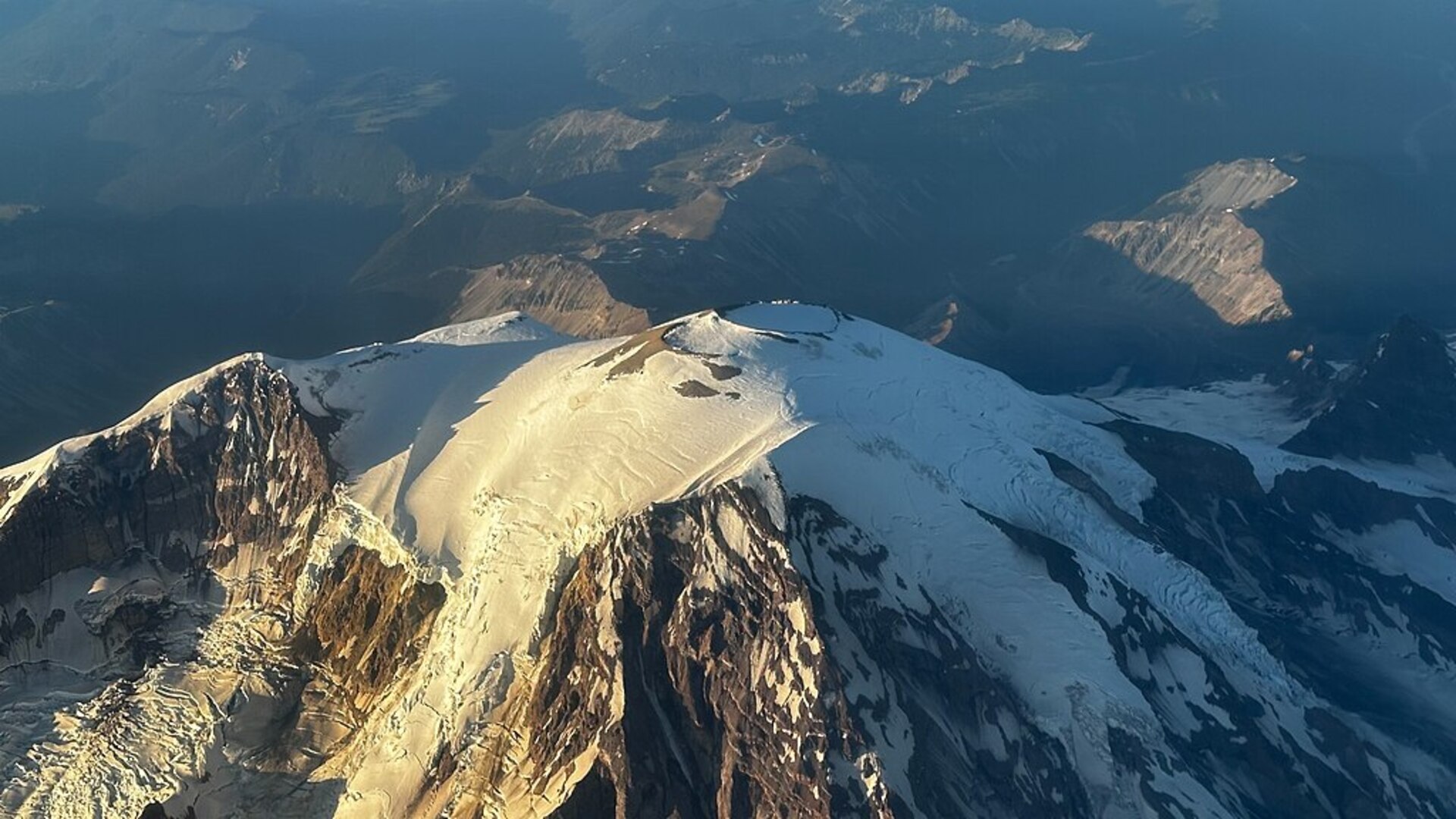
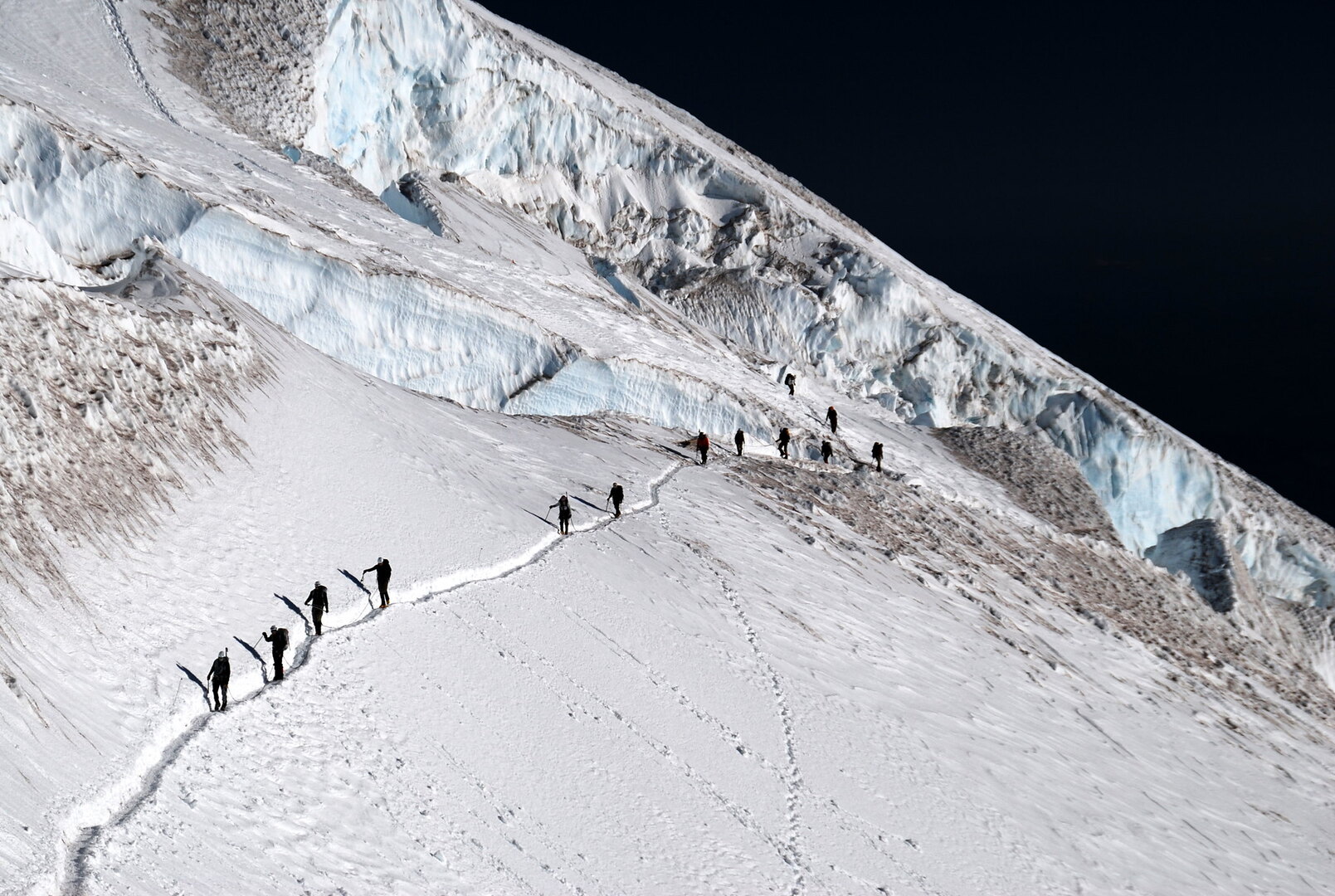
Experience a personalized hiking adventure in Mount Rainier National Park with private transportation from Seattle. Explore pristine trails with an expert guide tailored to your hiking level and interests.
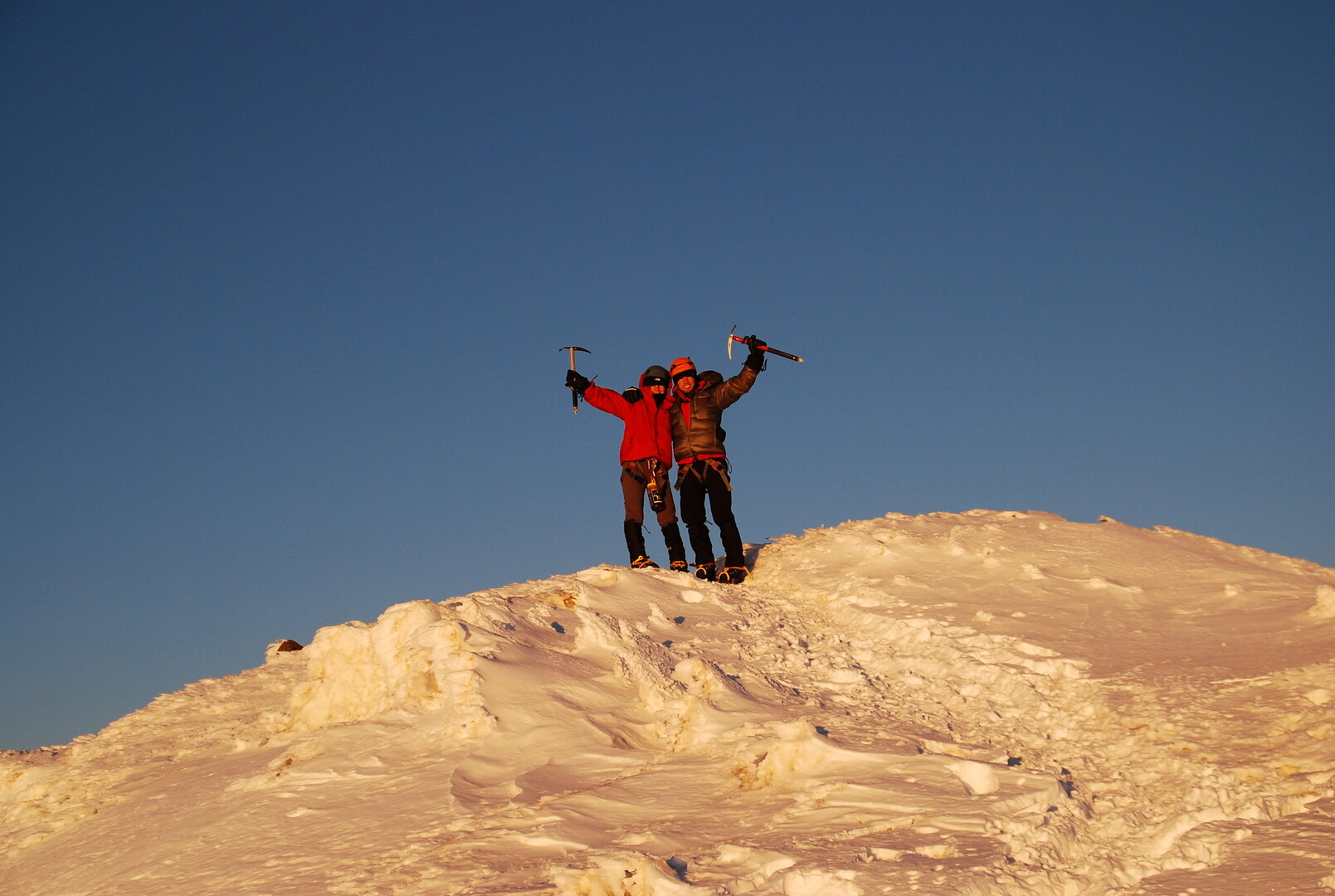
Challenge yourself on a full-day hiking adventure directly on Mount Rainier's slopes. Experience alpine terrain, glacier views, and high-altitude trails with expert mountain guides.
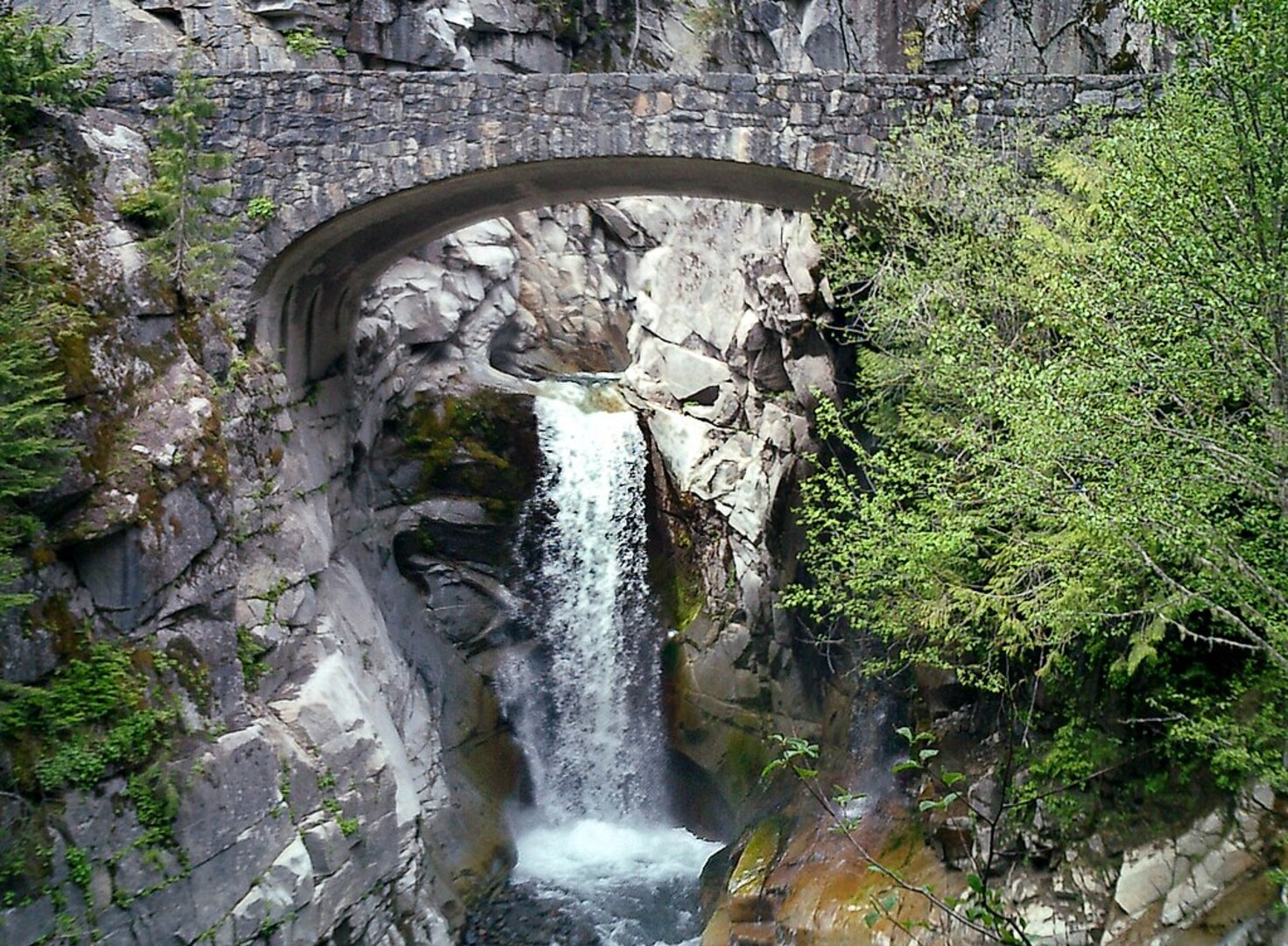
Discover Mount Rainier's diverse ecosystems on this comprehensive hiking tour featuring cascading waterfalls, ancient glaciers, and towering old-growth forests. Perfect for nature enthusiasts.
Mount Rainier stands as Washington's most iconic landmark, a majestic stratovolcano rising 14,410 feet above sea level. Known to indigenous peoples as "Tahoma," this ancient peak has been a sacred presence in the Pacific Northwest for thousands of years.
The mountain is home to the largest glacier system in the contiguous United States, with 26 named glaciers flowing down its slopes. Mount Rainier National Park, established in 1899, protects this remarkable ecosystem where old-growth forests, alpine meadows, and pristine wilderness create the perfect setting for challenging hiking adventures just hours from Seattle.
With over 260 miles of maintained trails, Mount Rainier offers hiking experiences for every skill level, from gentle meadow walks to challenging high-altitude alpine routes. The mountain's diverse ecosystems and dramatic elevation changes provide some of the most spectacular and demanding hiking terrain in North America.
Discover History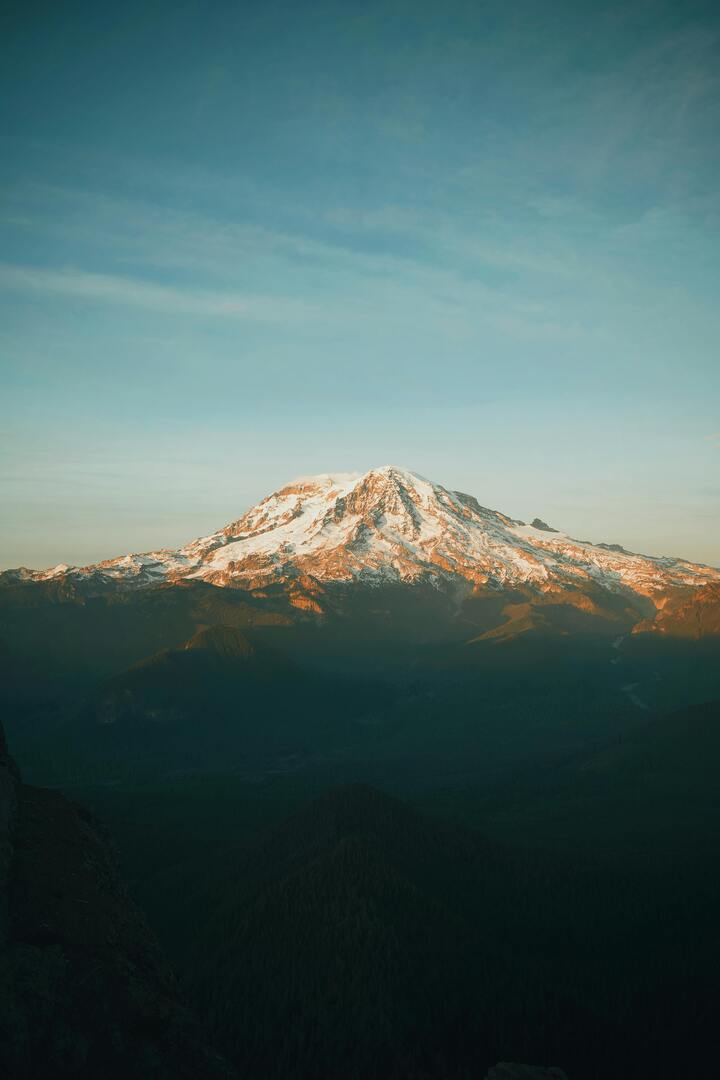
Experience the crown jewel of the Cascade Range, where ancient glaciers meet pristine wilderness. Mount Rainier defines the Pacific Northwest landscape and offers unparalleled alpine beauty.
From temperate rainforests to alpine tundra, explore five distinct life zones in a single visit. Witness incredible biodiversity and seasonal wildflower displays that paint the meadows in vibrant colors.
With over 260 miles of trails, find your perfect hiking challenge whether you're seeking gentle walks through wildflower meadows or demanding high-altitude expeditions to remote alpine lakes and glacier viewpoints.
Experience world-class hiking with 26 glaciers, pristine alpine lakes, and dramatic mountain vistas. Every season offers unique challenges from wildflower meadow treks to snow-covered high-altitude routes.
Ancient Times - Sacred Tahoma: Indigenous peoples including the Muckleshoot, Nisqually, and Puyallup tribes have revered this mountain as "Tahoma" for thousands of years, considering it a sacred place of power and spiritual significance.
1792 - European Discovery: Captain George Vancouver names the mountain after his friend Rear Admiral Peter Rainier, though indigenous peoples had lived in harmony with the mountain for millennia.
1899 - National Park: Mount Rainier becomes the fifth national park in the United States, protecting its unique ecosystems and establishing it as a premier destination for outdoor recreation.
1916 - Wonderland Trail: The famous 93-mile Wonderland Trail is completed, circumnavigating the entire mountain and becoming one of America's premier long-distance hiking experiences.
Present Day - Conservation Legacy: Mount Rainier continues to serve as a living laboratory for climate research while providing millions of visitors with transformative wilderness experiences and a deeper connection to nature.
Explore park trails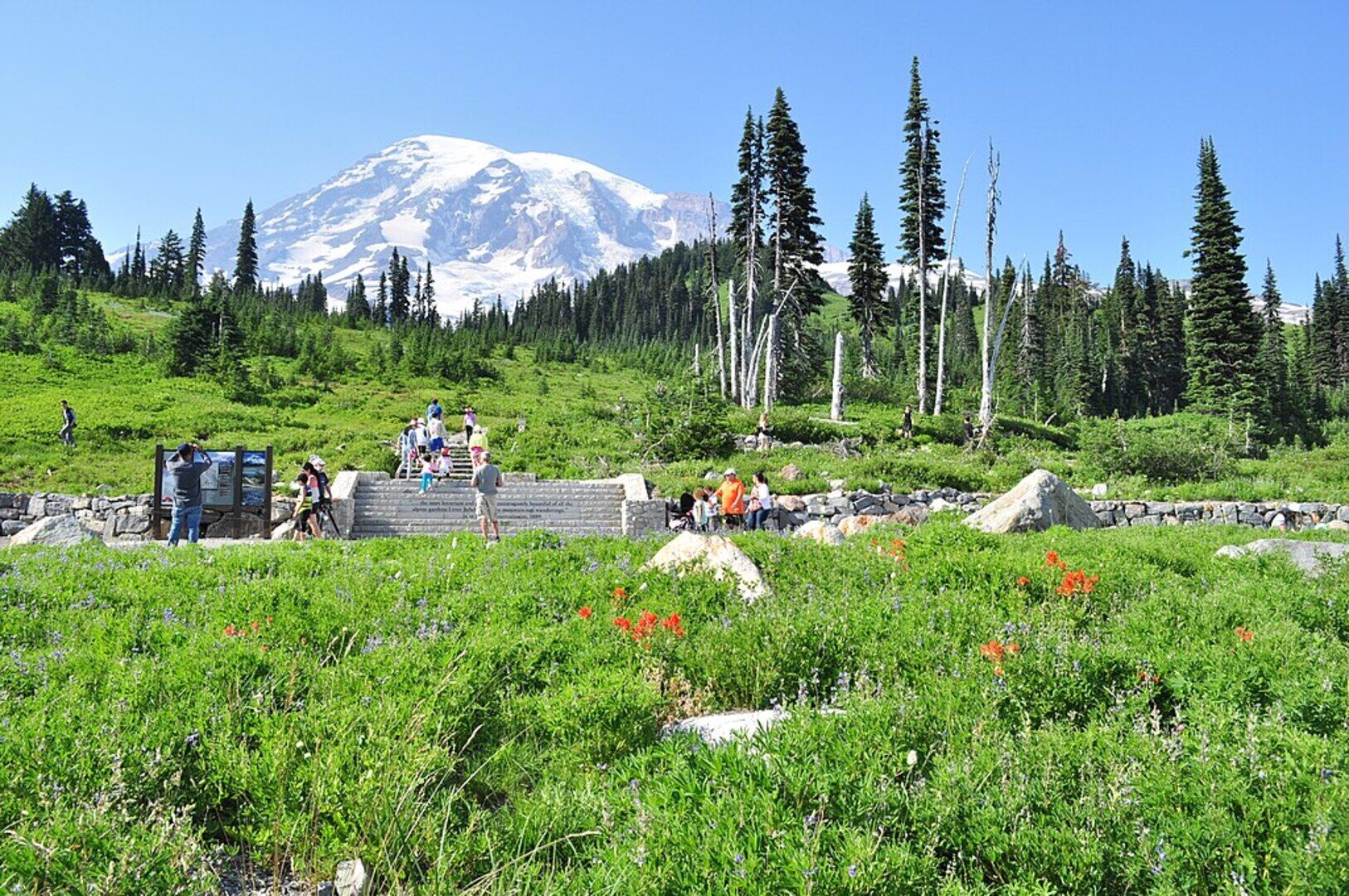
The most popular hiking destination in Mount Rainier National Park, Paradise offers spectacular mountain views, extensive wildflower meadows, and access to numerous challenging hiking trails. Paradise serves as the starting point for many of the park's most rewarding hiking adventures.
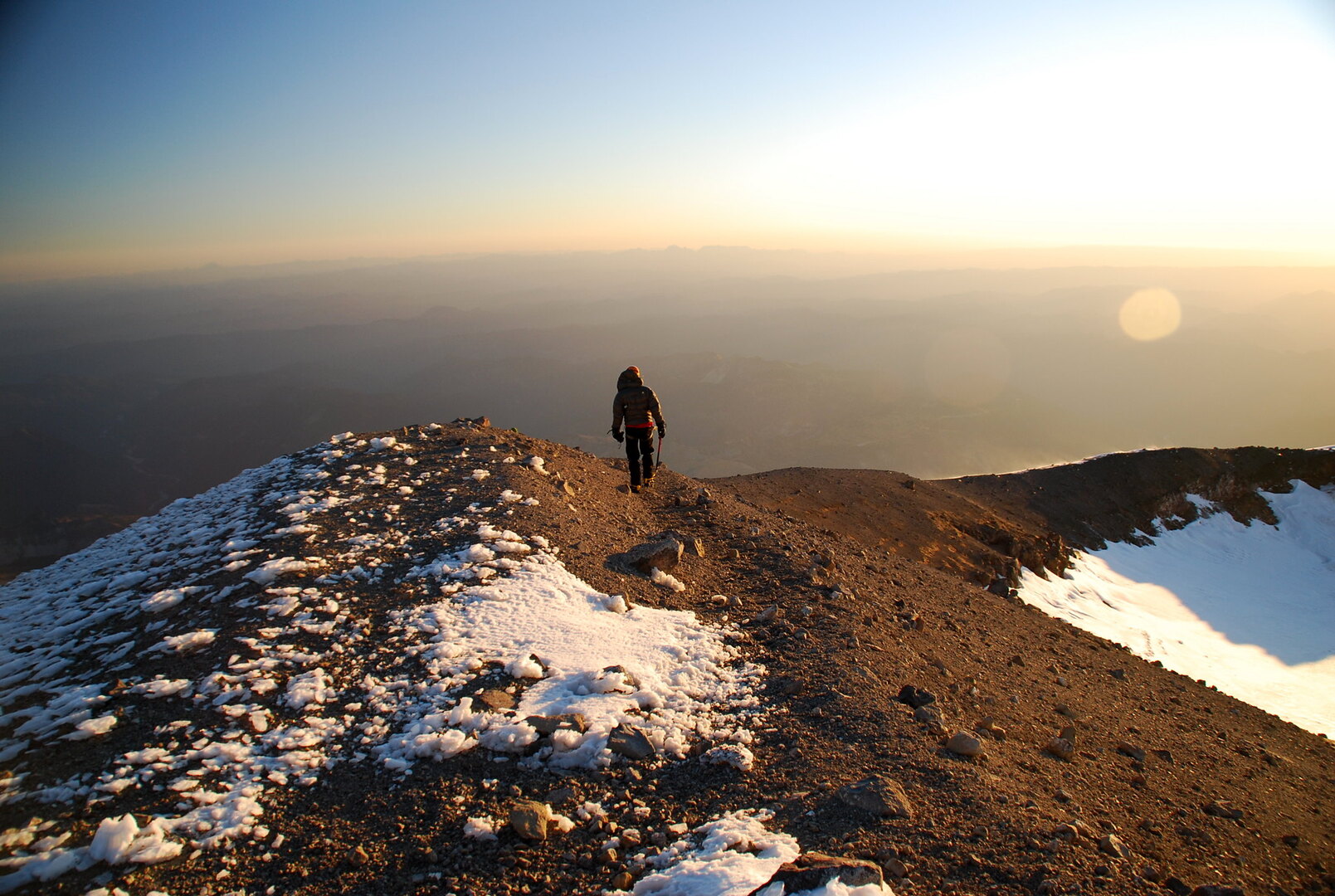
At 6,400 feet, Sunrise is the highest point accessible by vehicle in the park and the gateway to some of the most challenging high-altitude hikes. Experience panoramic views of Mount Rainier's east face, Emmons Glacier, and the Cascade Range through demanding alpine trails.
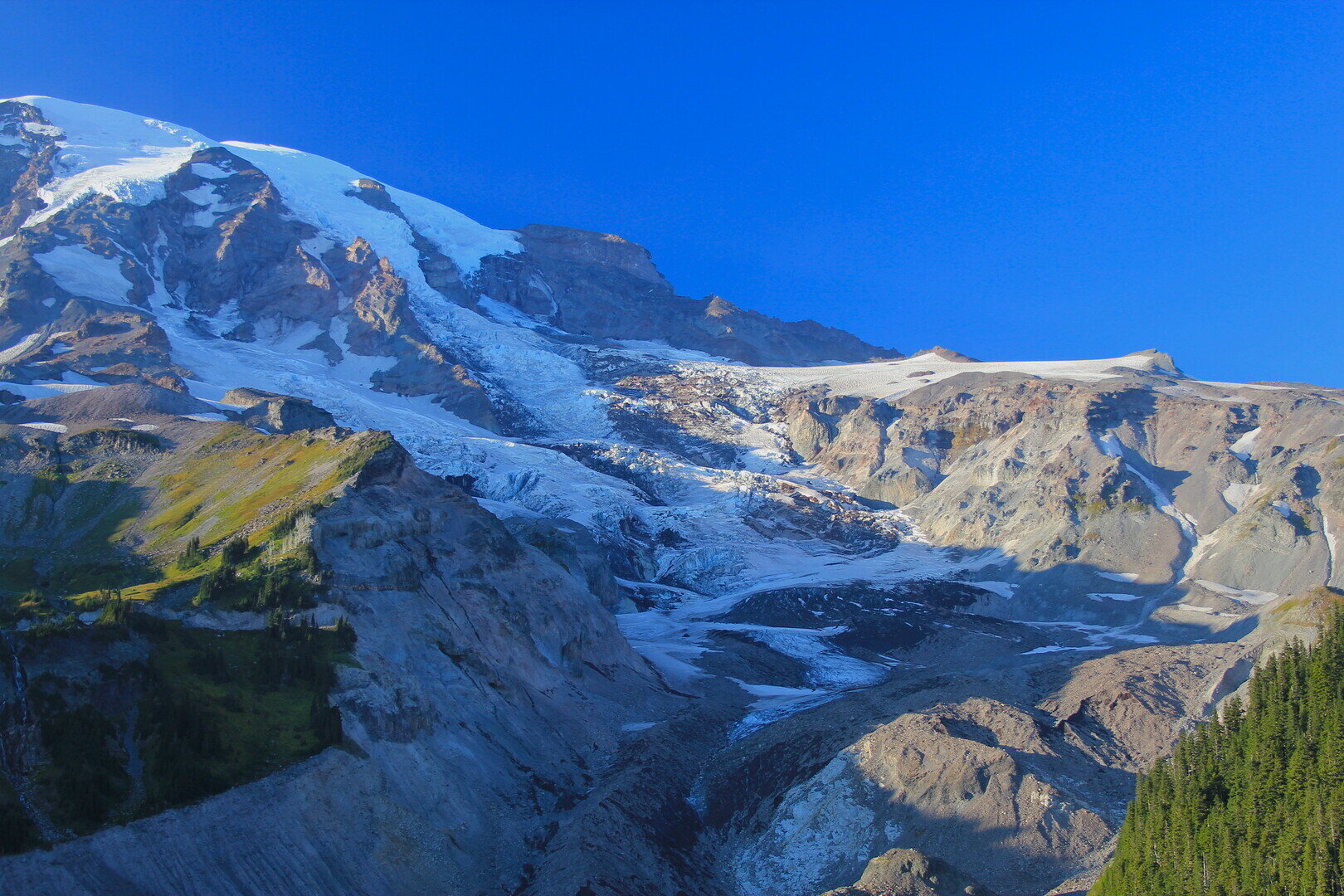
One of Mount Rainier's most accessible glaciers, Nisqually Glacier offers hikers a chance to witness the power of glacial movement up close. The hiking trail to the glacier viewpoint provides stunning views and an exhilarating alpine hiking experience.
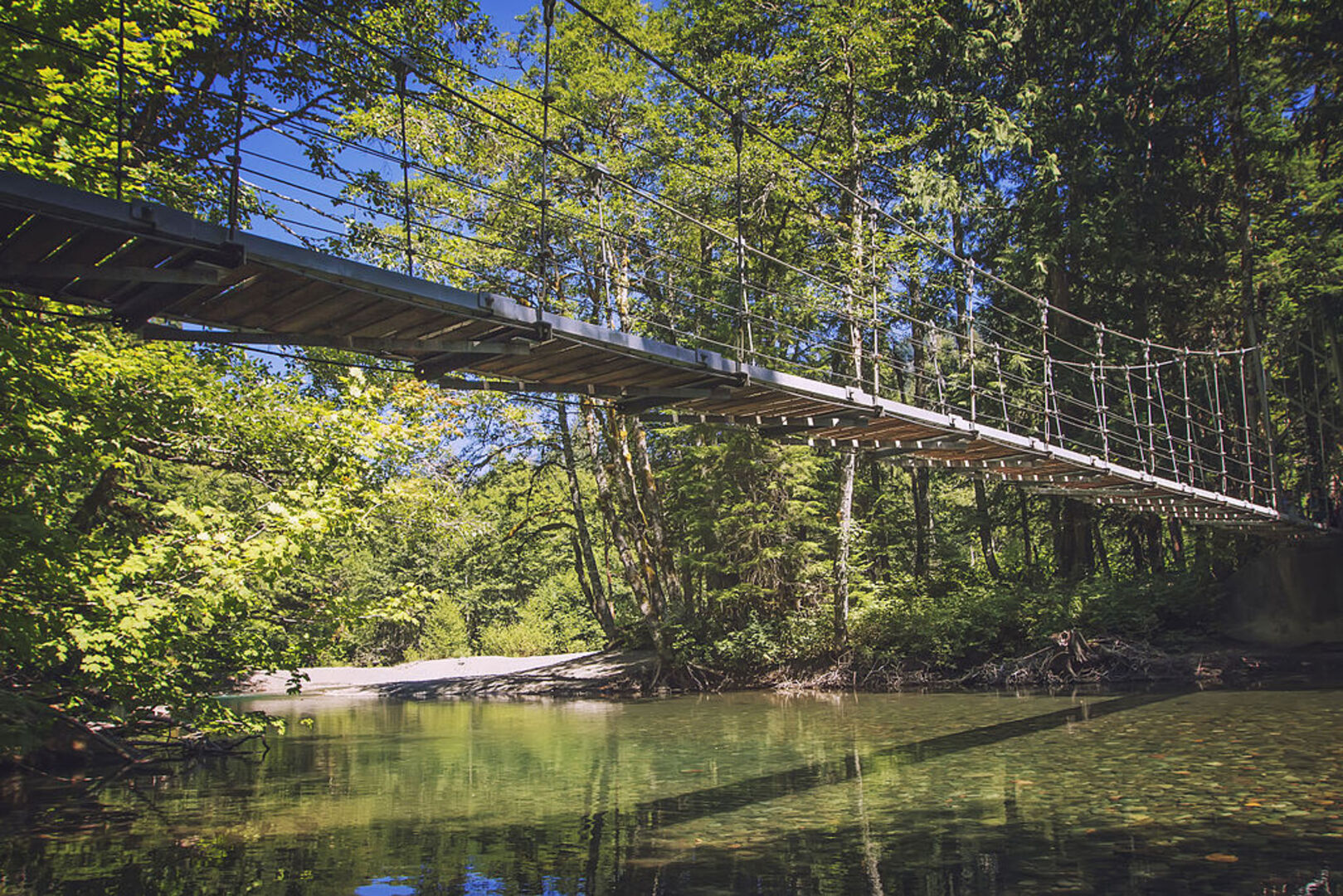
Hike among ancient giants in this old-growth forest preserve featuring massive Douglas firs, western red cedars, and western hemlocks over 1,000 years old. The moderately easy hiking trail includes a suspension bridge over the clear waters of the Ohanapecosh River.
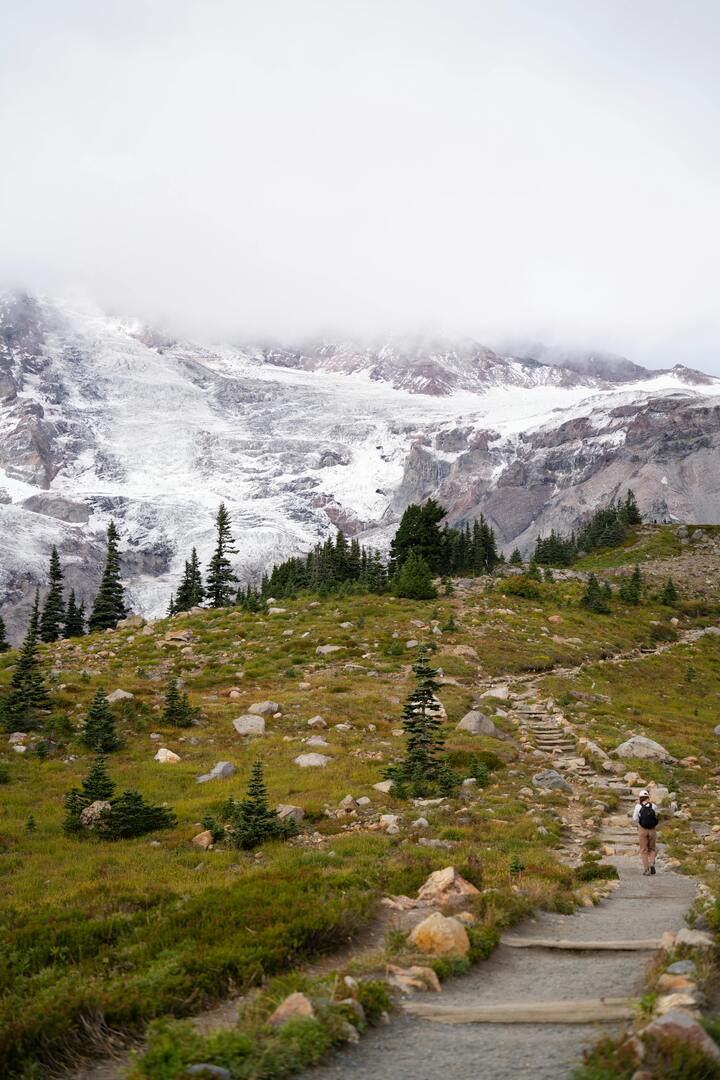
Make the most of your Mount Rainier adventure with these essential planning tips:
Address: Mount Rainier National Park, 55210 238th Avenue East, Ashford, WA 98304
Nearest Airport: Seattle-Tacoma International Airport - 2.5 hours drive
Coordinates: 46°51'6"N 121°45'37"W
Mount Rainier National Park is located in west-central Washington State, approximately 70 miles southeast of Seattle and 80 miles northeast of Centralia. The park is easily accessible via State Route 706 from the southwest, State Route 123 from the southeast, State Route 410 from the northeast, and State Route 165 from the northwest. Multiple entrance stations provide access to different areas of the park, with Paradise and Sunrise being the most popular destinations.
Allow at least a full day (8-12 hours) for a comprehensive hiking experience at Mount Rainier. For multiple challenging hikes including Paradise and Sunrise areas, consider 2-3 days. The park offers everything from 2-hour moderate hikes to multi-day backcountry adventures.
Vehicle passes cost $30 for 7 days, $55 for an annual Mount Rainier pass, or $80 for the America the Beautiful annual national parks pass. Motorcycle passes are $25 for 7 days. Active military personnel and 4th grade students receive free admission.
Absolutely! Mount Rainier offers hiking trails for all skill levels, from easy nature walks to challenging alpine routes. The Nisqually Vista Trail and Silver Falls Trail are perfect for beginners, while experienced hikers can tackle demanding high-altitude adventures.
Peak wildflower season typically runs from mid-July through early August, though timing varies by elevation and snowpack. Paradise meadows usually peak in late July, while lower elevation areas may bloom earlier. Check park conditions before visiting.
Most day hikes don't require permits, though some popular trailheads may have timed entry during peak season. High-altitude climbing, overnight backpacking, and wilderness camping require advance permits and fees. Guided hikes typically include necessary permits.
Common wildlife includes black bears, elk, deer, mountain goats, marmots, pikas, and over 130 bird species. Early morning and evening offer the best viewing opportunities. Always maintain safe distances and never feed wildlife.
The park offers several campgrounds but no lodges. Historic Paradise Inn operates seasonally (typically May-October). Nearby gateway communities like Ashford, Packwood, and Crystal Mountain Resort provide various lodging options year-round.